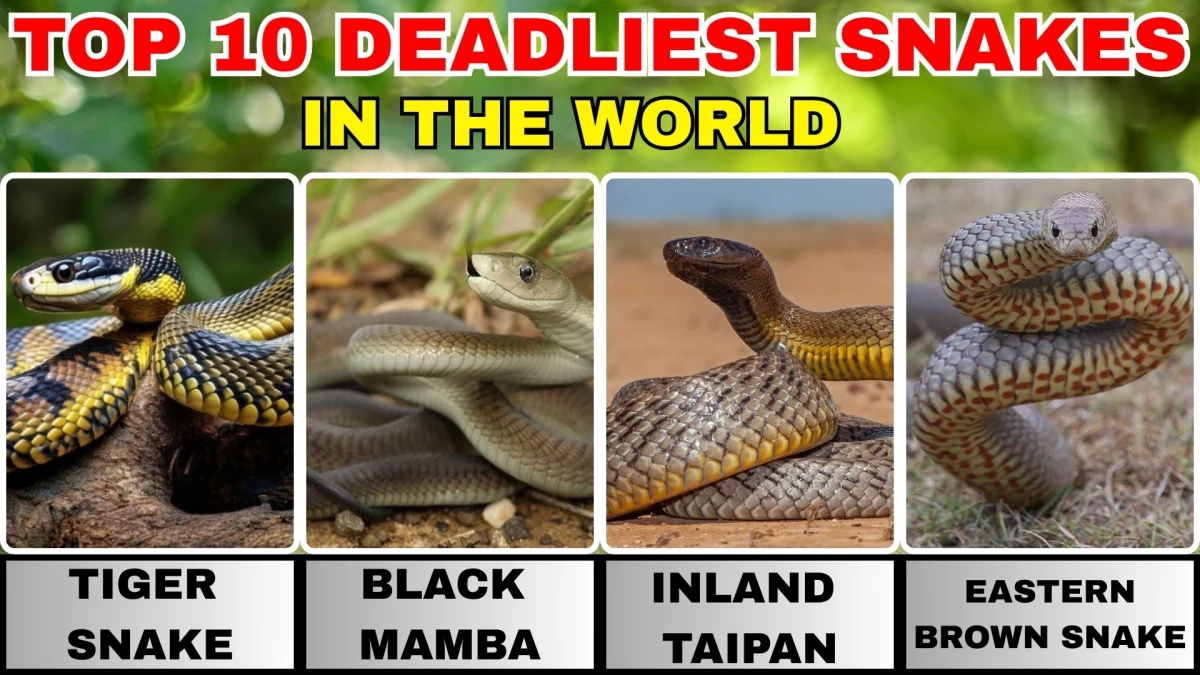Top 10 Deadliest Snakes in the World
From dense rainforests to sun-scorched deserts, snakes have slithered their way into every corner of the world—some more deadly than others.
While most snakes are non-aggressive and play a vital role in maintaining ecological balance, a handful possess venom so potent it can kill within minutes.
These serpents command both fear and fascination due to their lethal bite, stealthy behavior, and often elusive nature.
In this article, we count down the 10 deadliest snakes on Earth, ranked by a combination of venom toxicity, aggression, and fatality rate when untreated.
Whether you're a herpetology enthusiast or simply curious about which snakes to avoid in the wild, this list offers a chilling but fascinating look at nature’s most efficient assassins.
| Rank | Snake | Region | Venom Type | Untreated Fatality Rate |
|---|---|---|---|---|
| 10 | Death Adder | Australia, New Guinea | Neurotoxic | 50% |
| 9 | Philippine Cobra | Northern Philippines | Neurotoxic | 70% |
| 8 | Tiger Snake | Southern Australia, Tasmania | Neurotoxic + Coagulopathic | 60–70% |
| 7 | Russell’s Viper | Indian Subcontinent, Southeast Asia | Hemotoxic | 25–30% (even with treatment) |
| 6 | Eastern Brown Snake | Eastern & Central Australia | Neurotoxic + Coagulopathic | 20–50% |
| 5 | Black Mamba | Sub-Saharan Africa | Neurotoxic | Nearly 100% |
| 4 | Coastal Taipan | Northern & Eastern Australia, New Guinea | Neurotoxic | 90% |
| 3 | Blue Krait | Southeast Asia | Neurotoxic | 70–80% |
| 2 | Mainland Tiger Snake | Southern Australia | Neurotoxic + Coagulopathic | 60–70% |
| 1 | Inland Taipan | Central East Australia | Neurotoxic | 100% |
10. Death Adder (Acanthophis species)
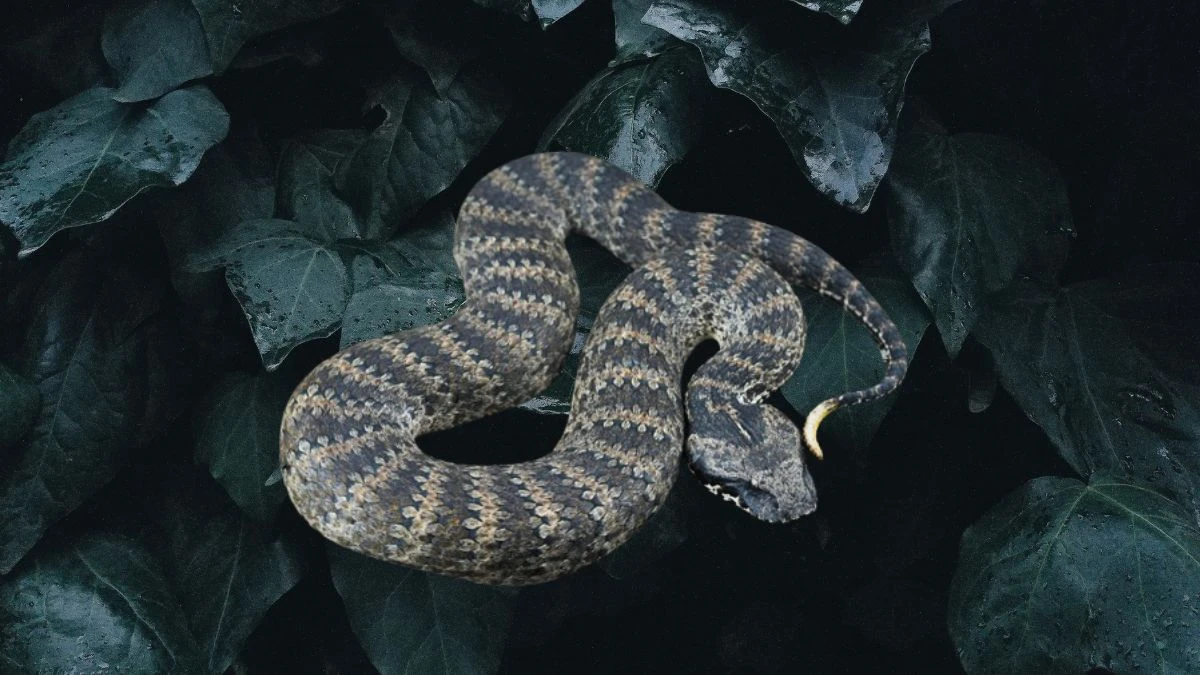
- Geographic Range: Australia, New Guinea
- Venom Type: Neurotoxic
- Fatality Rate: 50% untreated
The Death Adder earns its ominous name through its lightning-fast strike—recorded at 0.13 seconds, among the quickest in the snake world.
Unlike many venomous snakes that flee from humans, the Death Adder employs camouflage and stillness, lying hidden among leaves and striking only when disturbed.
Its venom causes paralysis that progressively affects the body, eventually stopping respiration if antivenom isn't administered quickly.
While not the most venomous snake, its ambush hunting style and excellent camouflage make it particularly dangerous to unwary travelers.
9. Philippine Cobra (Naja philippinensis)

- Geographic Range: Northern Philippines
- Venom Type: Neurotoxic
- Fatality Rate: 70% untreated
The Philippine Cobra is not only highly venomous but also capable of spitting its venom with remarkable accuracy up to 3 meters, aiming for the eyes of its target.
Its venom acts rapidly, causing respiratory failure within 30 minutes in severe cases.
What makes this snake particularly dangerous is its comfort in populated areas and its ability to deliver venom through both biting and spitting, giving potential victims multiple ways to be envenomated.
8. Tiger Snake (Notechis scutatus)
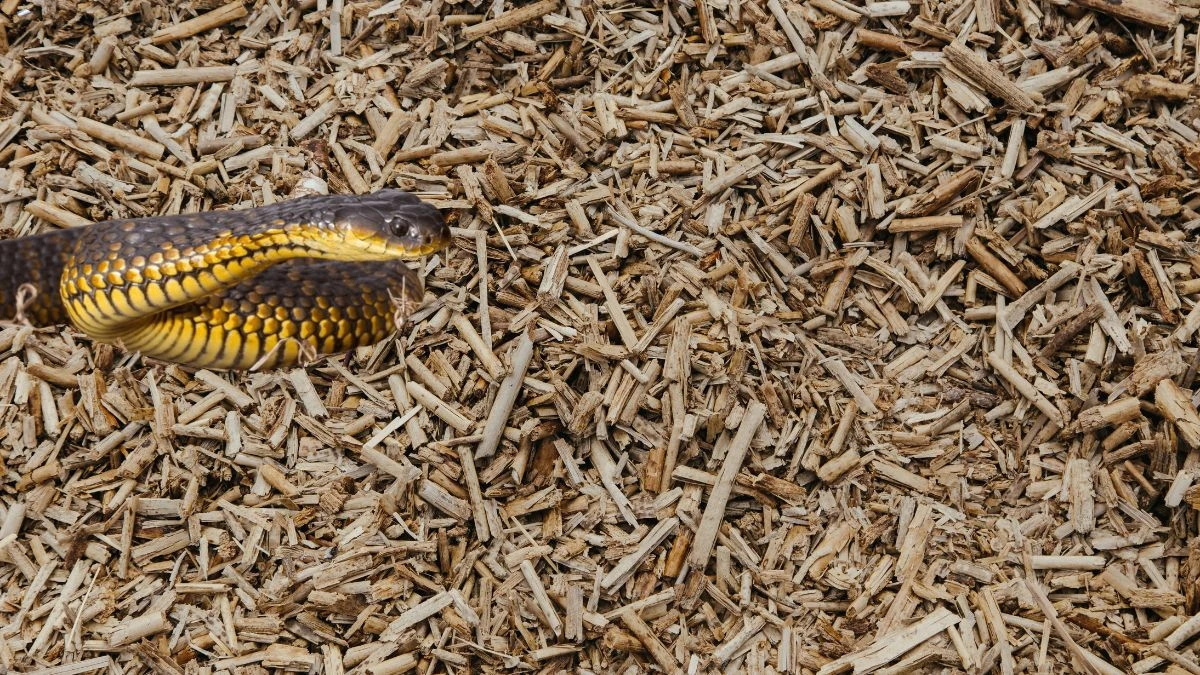
- Geographic Range: Southern Australia, Tasmania
- Venom Type: Neurotoxic and coagulopathic
- Fatality Rate: 60-70% untreated
Named for their distinctive banded pattern, Tiger Snakes possess a venom that attacks both the nervous system and the blood's ability to clot.
Victims may experience paralysis, blood clotting disorders, and kidney damage.
These snakes are particularly dangerous because they often inhabit populated coastal areas and, when cornered, display an aggressive defensive posture rather than retreating.
7. Russell's Viper (Daboia russelii)
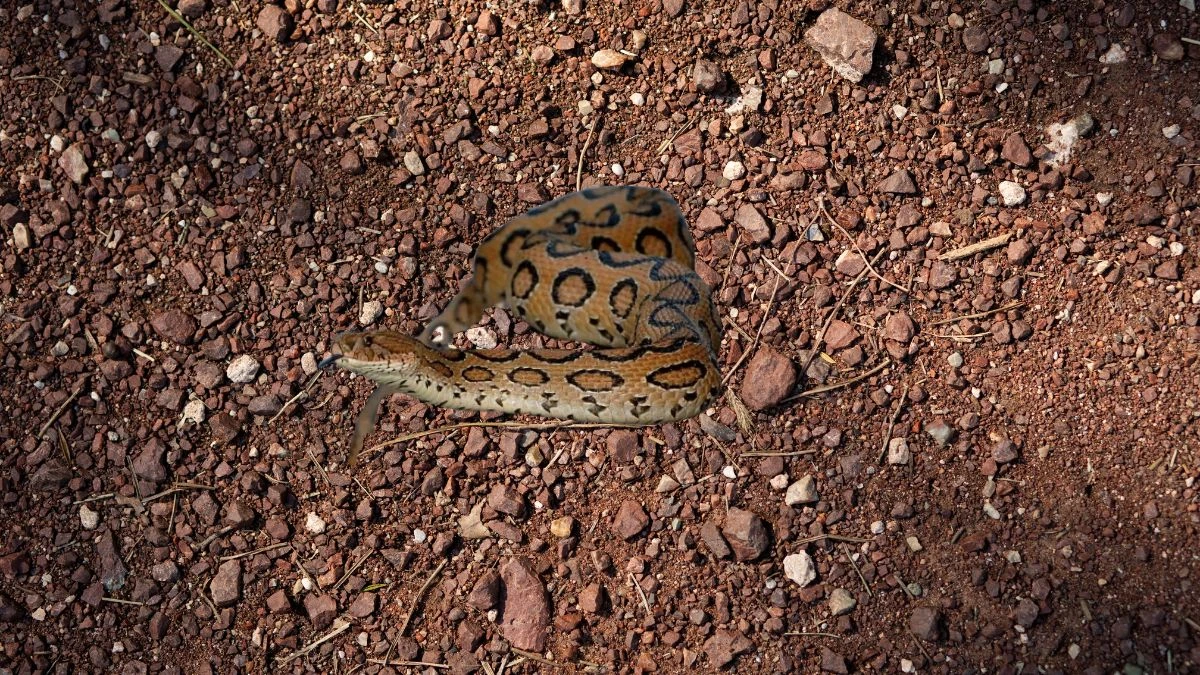
- Geographic Range: Indian subcontinent, Southeast Asia
- Venom Type: Hemotoxic
- Fatality Rate: 25-30% even with treatment
The Russell's Viper is responsible for more human deaths in its range than any other snake. While its venom might not be the most potent, its prevalence in agricultural areas brings it into frequent contact with humans.
Its venom causes bleeding throughout the body, kidney failure, and irreversible tissue damage.
Even with treatment, bite victims often suffer permanent disabilities. The distinctive "chain of pearls" pattern makes this snake recognizable but does little to diminish the estimated 25,000 annual fatalities it causes in India alone.
6. Eastern Brown Snake (Pseudonaja textilis)

- Geographic Range: Eastern and Central Australia
- Venom Type: Neurotoxic and coagulopathic
- Fatality Rate: 20-50% untreated
The unassuming appearance of the Eastern Brown Snake belies its deadly nature. With venom second only to the Inland Taipan in toxicity, this snake's threat is amplified by its nervous temperament and tendency to inhabit areas close to human settlements.
When threatened, the Eastern Brown Snake raises its body in an S-shape, ready to deliver multiple rapid strikes.
Its venom causes progressive paralysis and prevents blood clotting, while its speed and agility make it difficult to avoid once encountered.
5. Black Mamba (Dendroaspis polylepis)
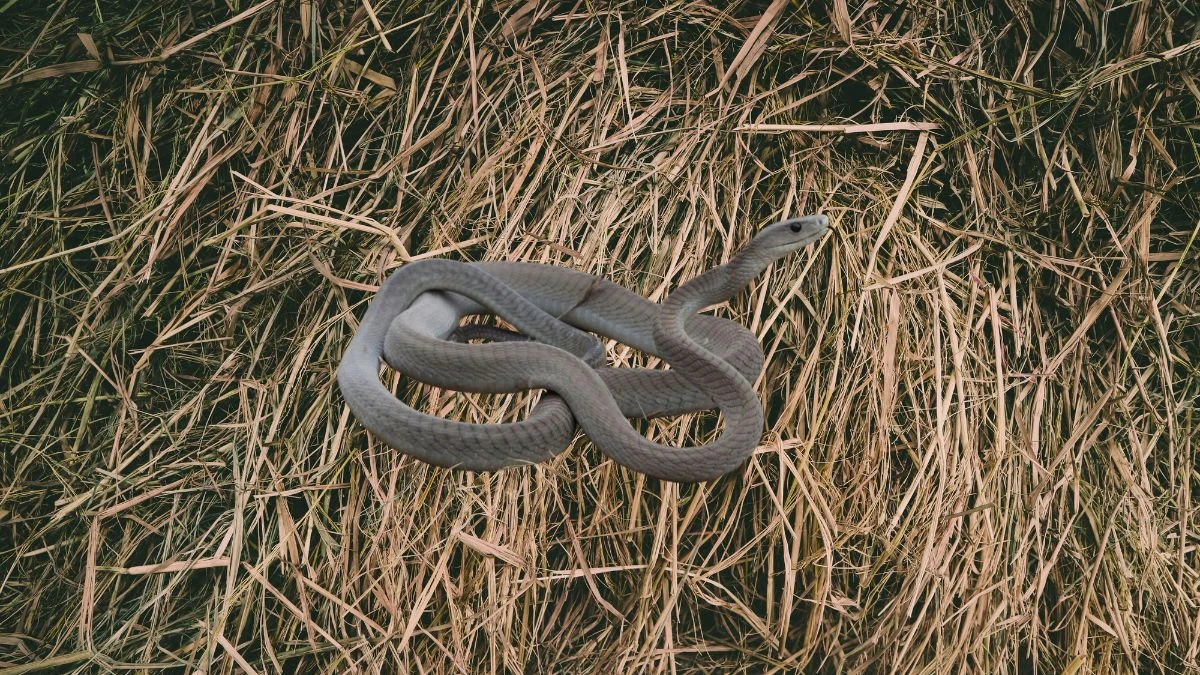
- Geographic Range: Sub-Saharan Africa
- Venom Type: Neurotoxic
- Fatality Rate: Nearly 100% untreated
Perhaps the most feared snake in Africa, the Black Mamba combines potent venom with aggressive behavior and incredible speed, capable of moving at 20 km/h (12.5 mph).
Despite its name, this snake is not black but rather olive to gray-brown, with the black referring to the color of its mouth interior.
A bite from a Black Mamba delivers neurotoxins that cause paralysis, with victims potentially dying within 20 minutes.
Before antivenom was widely available, a Black Mamba bite was considered a death sentence, earning it the grim nickname "the kiss of death."
4. Coastal Taipan (Oxyuranus scutellatus)
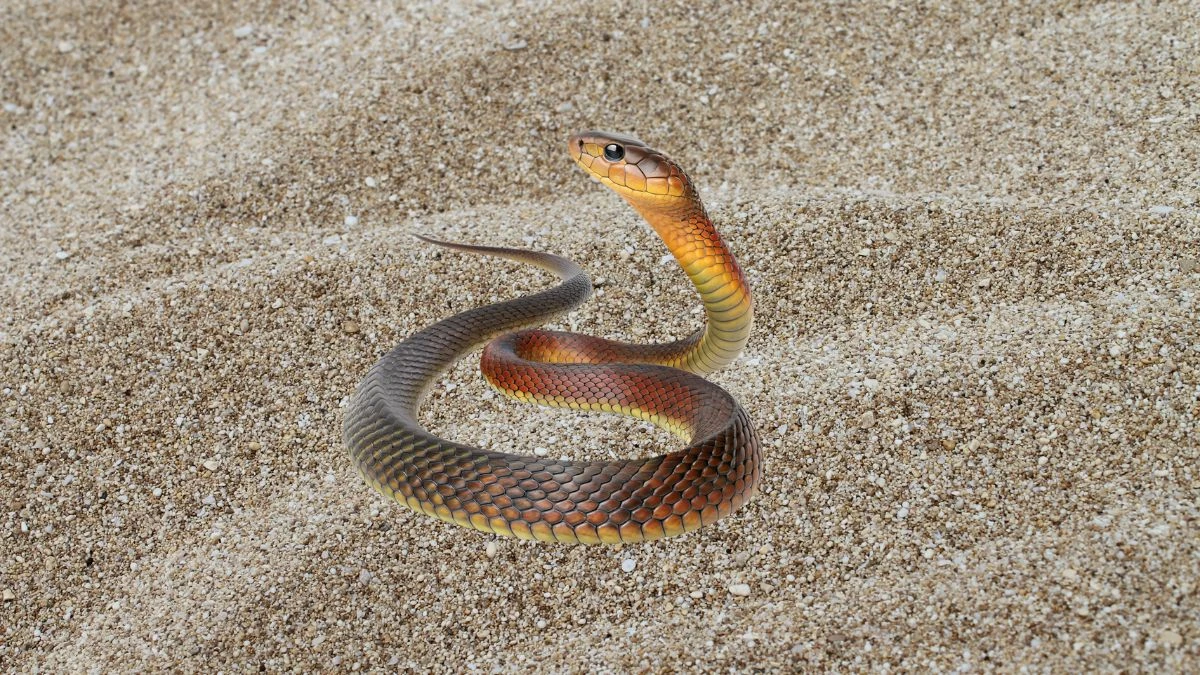
- Geographic Range: Northern and Eastern Australia, New Guinea
- Venom Type: Neurotoxic
- Fatality Rate: 90% untreated
The Coastal Taipan possesses the third-most toxic venom of any land snake. A single bite can deliver enough venom to kill 100 adult humans.
When threatened, it holds its head off the ground in an S-shape, prepared to strike with surgical precision, often hitting its target multiple times.
What makes the Coastal Taipan particularly dangerous is its lengthy fangs (up to 12mm) that can penetrate deep into tissue, delivering venom directly into the bloodstream.
Before antivenom became available in 1956, the mortality rate from Coastal Taipan bites approached 100%.
3. Blue Krait (Bungarus candidus)

- Geographic Range: Southeast Asia
- Venom Type: Neurotoxic
- Fatality Rate: 70-80% untreated
The deceptively beautiful Blue Krait, with its distinctive bluish-black crossbands, delivers a venom 16 times more potent than that of a cobra.
This nocturnal hunter is particularly dangerous because it often enters human dwellings at night, when medical help may be hours away.
Its venom causes minimal pain initially, leading victims to underestimate the severity of the bite until severe neurological symptoms begin.
Death typically occurs from respiratory paralysis. Even more concerning, studies suggest that Blue Krait antivenom is less effective than those developed for other species.
2. Mainland Tiger Snake (Notechis scutatus)
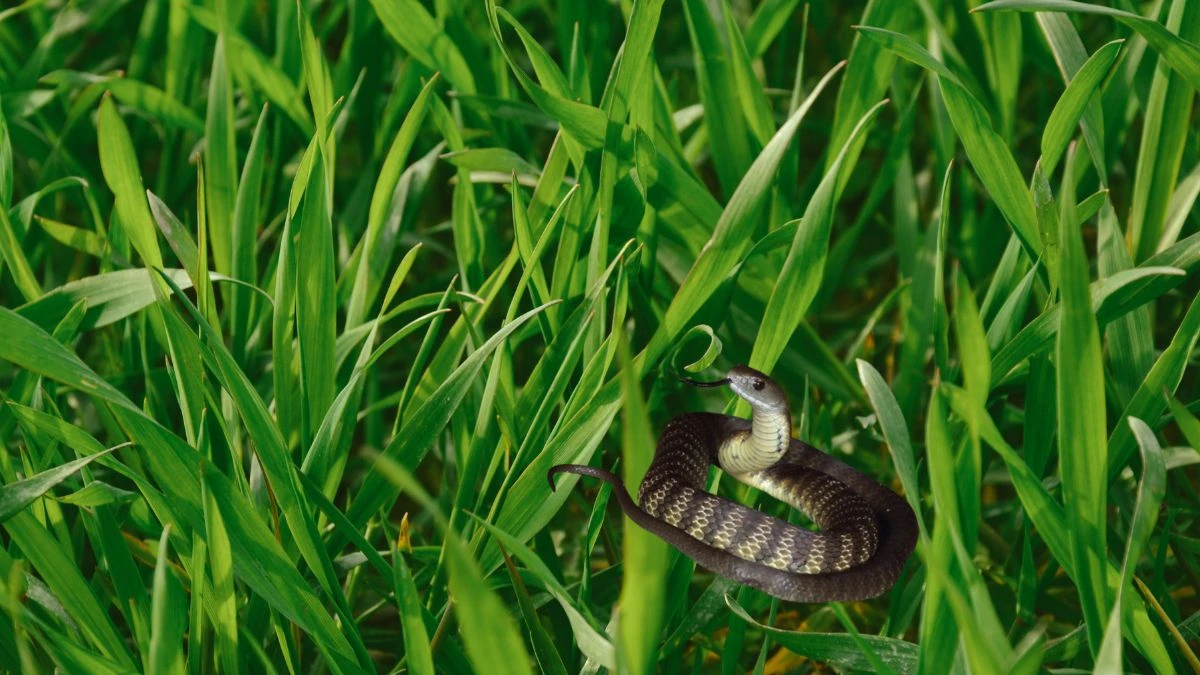
- Geographic Range: Southern Australia
- Venom Type: Neurotoxic and coagulopathic
- Fatality Rate: 60-70% untreated
The Mainland Tiger Snake's venom contains a potent mixture of neurotoxins, coagulants, and myotoxins that attack multiple body systems simultaneously.
What earns this snake its high ranking is not just venom potency but its prevalence in populated areas and tendency to stand its ground when threatened.
Bite symptoms progress rapidly from localized pain to complete paralysis and respiratory failure.
Before antivenom development, the mortality rate exceeded 60%—remarkably high for a snake frequently encountered near urban areas.
1. Inland Taipan (Oxyuranus microlepidotus)
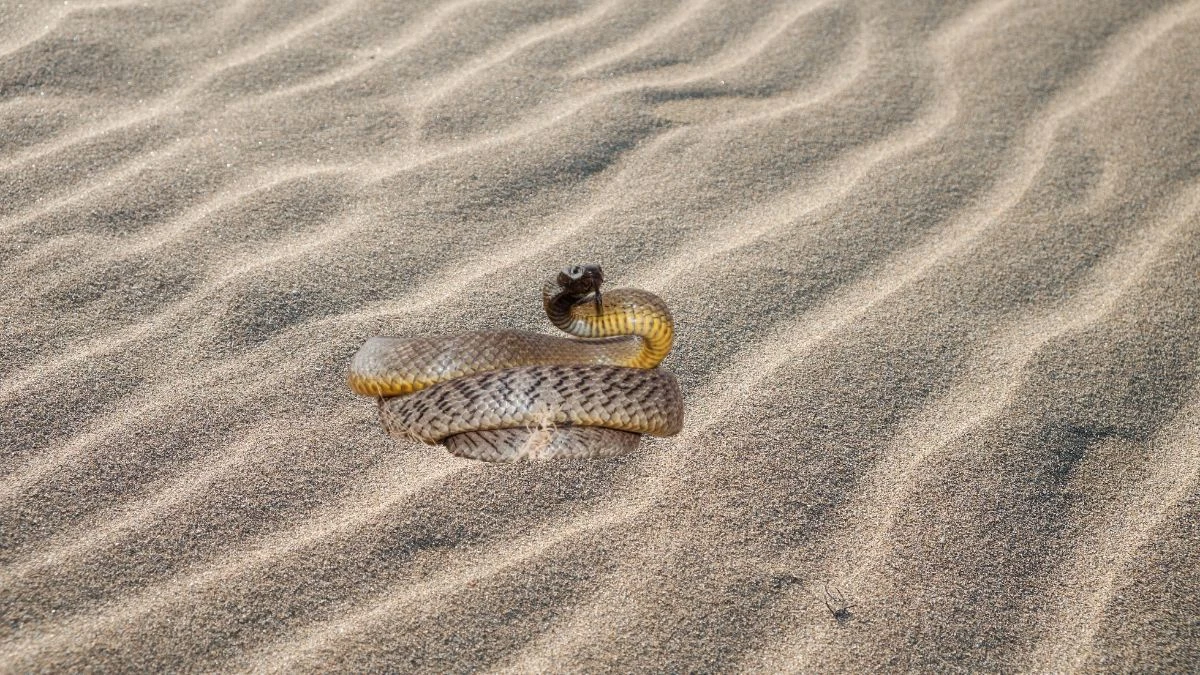
- Geographic Range: Central east Australia
- Venom Type: Neurotoxic
- Fatality Rate: 100% untreated
The uncontested champion of snake lethality, the Inland Taipan—also known as the "fierce snake"—possesses venom with an LD50 value that makes it the most toxic of any land snake by far.
A single bite contains enough venom to kill 100 adult humans or 250,000 mice.
Its venom combines neurotoxins, hemotoxins, myotoxins, and nephrotoxins in a deadly cocktail that can cause death within 45 minutes.
What prevents this snake from causing more human fatalities is its remote habitat and shy nature—the Inland Taipan typically avoids human contact whenever possible.
Understanding Snake Venom: Nature's Deadly Cocktail
Before diving into our countdown, it's important to understand that snake venoms are complex biochemical weapons, each specialized for the snake's hunting and defense needs:
- Neurotoxic venoms attack the nervous system, often leading to respiratory failure
- Hemotoxic venoms destroy blood cells and tissue
- Cytotoxic venoms cause cell death and tissue damage
- Some venoms combine multiple toxic effects
The measurement of venom toxicity is typically expressed as LD50—the dose required to kill 50% of test subjects—with lower numbers indicating more potent venom.
Snake Survival Strategies
- Camouflage: The Death Adder lies motionless among leaves and debris, virtually invisible to prey and humans alike.
- Speed: The Black Mamba can slither at speeds of up to 20 km/h, making it the fastest land snake on Earth.
- Spitting Venom: The Philippine Cobra can spit venom with precision from up to 3 meters, aiming for the victim’s eyes.
- Night Activity: The Blue Krait is nocturnal and often enters homes at night—when victims are least alert and medical help may be hours away.
- Precision Strikes: The Coastal Taipan delivers multiple fast and deep bites, injecting large amounts of venom directly into the bloodstream.
These unique behaviors increase the deadliness of already potent snakes—making them expert predators and a serious danger to the unprepared.
The Antivenom Revolution
The development of antivenoms has dramatically reduced fatalities from snake bites worldwide.
These life-saving medications are created by extracting venom from snakes and injecting small amounts into host animals, typically horses, whose antibodies are then harvested and purified.
However, challenges remain. Many antivenoms require refrigeration—often unavailable in remote areas where deadly snakes thrive.
Additionally, production costs and distribution difficulties mean that many snake bite victims, particularly in developing regions, never receive this life-saving treatment.
Conservation Status: Deadly but Endangered
Ironically, many of the world's deadliest snakes face threats to their survival. Habitat destruction, climate change, and deliberate killing out of fear have reduced populations of several species on this list.
The Tiger Snake and various cobra species have experienced significant population declines, highlighting the complex relationship between humans and these feared predators.
Global Snakebite Impact
- According to the World Health Organization (WHO), over 5.4 million snakebites occur worldwide each year.
- Of those, up to 2.7 million result in envenoming (injection of venom).
- Snakebites cause as many as 138,000 deaths annually and leave hundreds of thousands with permanent disabilities.
- The Russell’s Viper is one of the leading causes of snakebite deaths in India, responsible for thousands of fatalities every year.
These numbers highlight why understanding snake behavior and improving access to antivenom is critical in high-risk regions.

